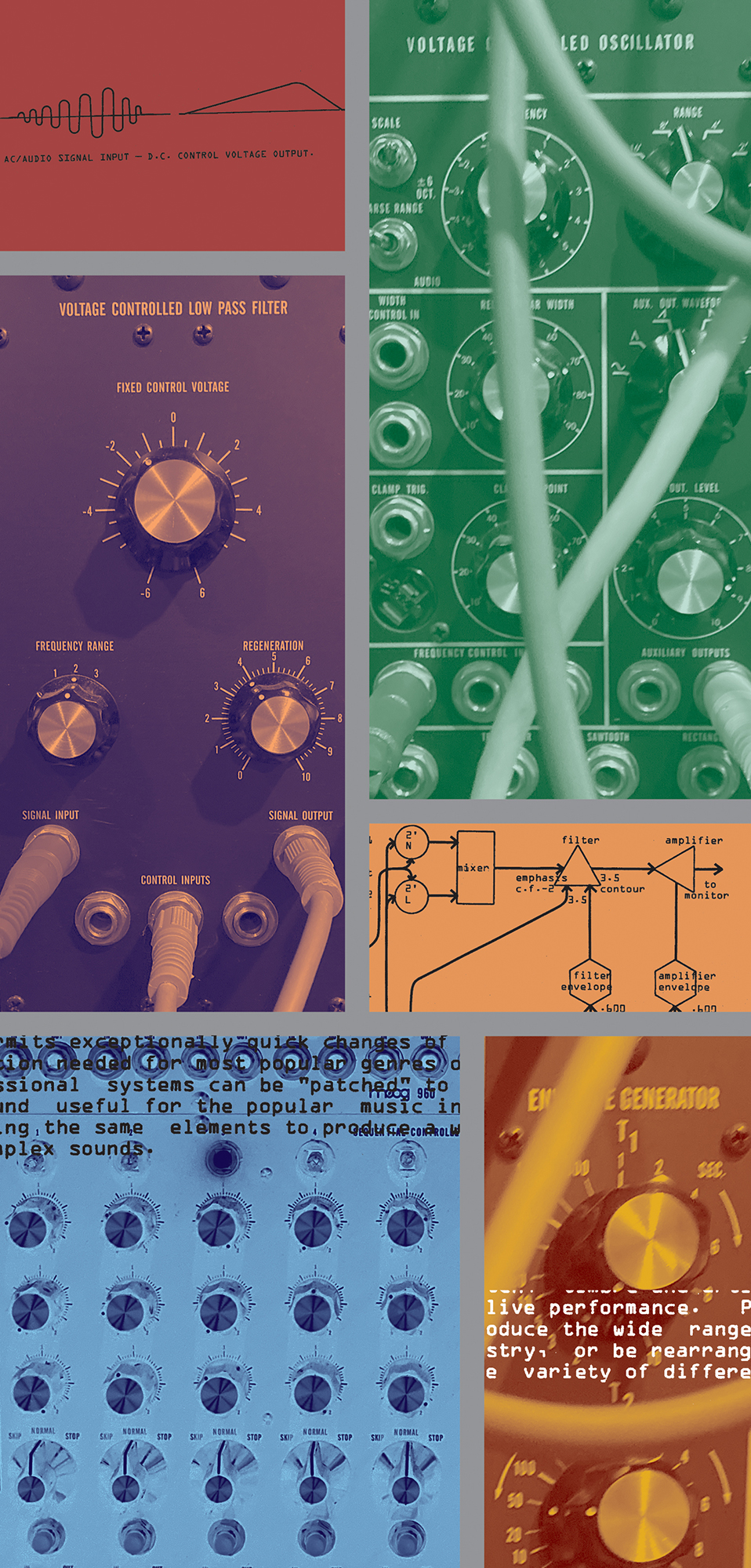I’m always reluctant to review speakers. It’s hard to do client work on unfamiliar monitors. My room was tuned for my current nearfields over ten years ago, and since then I haven’t moved them an inch – mixing is hard enough already. But when asked about reviewing Focal’s new flagship studio monitors, the timing was right, so I agreed.
The new Trio6, an update of the Trio6 Be [Tape Op #114], is a serious proposition: It’s a 3-way configuration with an 8-inch woofer, weighs about 55 pounds, and is priced in the same range as other high-end active nearfields, such as the Neumann KH 420 and ATC’s popular SCM25A [#101]. In other words, it’s not a casual purchase.
I started with a long call to Focal. One of my concerns with current high-end products is that although expensive, I need them to be supported the way I'd expect for any professional tool. I asked a lot of questions about parts and support, and Focal said they have parts in stock going back 20 years, and techs in Montreal who are dedicated to pro audio. If a speaker fails mid-session, replacement parts can be on the way quickly, and the components of the Trio6 are designed for easy swaps. That is exactly what I wanted to hear. Other promising info from this call was that Focal builds their drivers in-house, and they took four years to develop the drivers in the Trio6. The power supplies are old-school linear, amplifiers are Class G and Class AB, and Focal does their own US distribution, which helps with pricing.
When two extremely large boxes arrived at the studio, Per Focal’s advice I broke in the speakers with a few days of moderately loud rock music. Then we hefted the Trio6s down the hall to Amar Lal’s mastering room, put them next to his big Neumann KH 420s (and his little Avantone Pro MixCubes [Tape Op #88] – more on that later), and compared a ton of music. This was not entirely a fair fight, since the Neumanns have 10-inch woofers in bigger cabinets, but we were both impressed at how well the Focals held up: Deep bass, excellent imaging, great midrange.
The Trios include a feature called Focus Mode. A standard TRS footswitch allows switching between full-range, 2-way (midrange and tweeter), and 1-way (midrange only) listening. Broadly, think of this as “Yamaha NS-10 mode” and “Auratone mode.” Amar has the aforementioned Avantone MixCubes, and, as we expected, they sound quite different from the 1-way Focal mode – we’re talking a 6-inch vs. a 21-inch cabinet. However, that’s not the point. Focus Mode was immediately useful and presented the material in a dramatically different light. Removing that giant low end tells us a lot! Bass guitar and kick drum effectively disappeared on some songs. Jumping between 1-way and 2-way was also interesting and useful; How much information is being carried by the very high frequencies, and what do you want to do about that? Getting this without the cognitive surprise of switching to a speaker in a different location is pretty cool, and I could see using this often, maybe even starting a mix in 2-way mode, then bringing in the lows later.
Next, I brought the speakers to Jack Shirley’s [Tape Op #115] Atomic Garden studio. Jack’s new Wes Lachot [#21]-designed facility embodies the dream: Two first-class control rooms and a shared live room. Both control rooms sound phenomenal. We started in the West Room, which has a pair of ATC SCM25As [#101], moved to the East Room to hear the soffited ATC SCM150 SLs (good lord), and eventually had loops playing in sync in both control rooms while we ran back and forth to compare. Who gets to do this? Nobody. There was no comparison to the big soffit-mounted 150s – we basically used those as reference truth. But in both rooms, we liked the Focals a lot, with its great low end and more midrange presence and detail than the SCM25As. I expected to love the ATCs, but to my surprise I preferred the Focals.
Finally, back in my little mix room, I moved my trusty ADAM S3As [Tape Op #33] for the first time in a decade and installed the Trio6s. The Trios arrived set up for vertical orientation, but switching to horizontal is super easy. Remove four hex screws from the midrange/tweeter assembly, rotate 90 degrees, then replace the screws. I did a lot of listening and spent a few weeks mixing on the Focals, and they were consistently impressive and believable. Most notably, their low end comfortably extends further than my ADAMs, making it much easier to tell what’s going on in the sub-bass. When a drummer quietly rested their kick pedal on the drum between beats, the Focals told me. The midrange and treble were detailed, with a respectable listening sweet spot. Focal says their tweeters have a wide dispersion.
As I said, my mix room is small – about 180 square feet – and the Trio6s feel like they’re on the cusp of being too big for this room. I try to monitor no louder than 82 to 85 dB, and the Trios seemed happiest running a little loud. In fairness, small funky rooms will benefit from tuning, and my room was tuned with a hardware EQ rather than something like Sonarworks Reference [Tape Op #131] or a Trinnov system, so I couldn’t re-tune for the Focals. But that’s how it is with monitors. They’re a long-term commitment.
One note: For high-end pro audio tooling, some friends and I found the web chatter surrounding the Trio6 to be mostly about Focus Mode, which is the inverse of what it should be. Don’t be thrown off by any of this. I can confidently say that if you’re shopping for speakers in this size and price range (or higher), the Trio6 is well worth your time.




_disp_horizontal_bw.jpg)